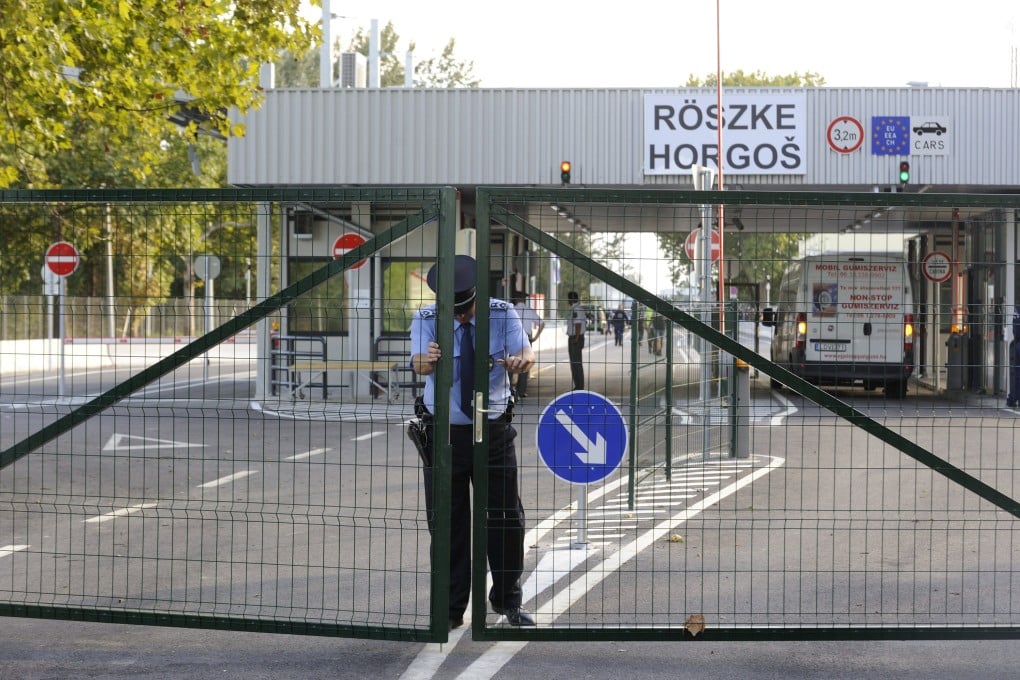New frontiers: More European nations impose border controls, following German lead

Hungary closed the main migrant crossing with Serbia and more states imposed border checks as the failure of EU ministers to agree how to share the burden of a flood of refugees deepened the crisis.
With Europe’s 20-year-old Schengen passport-free zone creaking under the pressure, Austria and Slovakia said Monday they would follow economic powerhouse Germany’s lead in reinstating border controls to deal with the flow of people.
Poland said it was considering similar steps while the Netherlands said it would have “more patrols” on its frontiers.
Long traffic jams built up on the Germany-Austria border and refugees were left stranded on non-EU Serbia’s side of the frontier with Hungary in the latest chaotic scenes from the biggest such crisis since World War II.
Yet amid opposition from eastern states, EU ministers failed to reach agreement on a plan to share out 120,000 refugees and ease the burden on frontline states from the tide of people fleeing war zones like Syria and Afghanistan.
“We did not have the agreement we wanted,” EU migration commissioner Dimitris Avramopoulos said after an emergency meeting in Brussels, adding that they hoped to reach a deal in October.